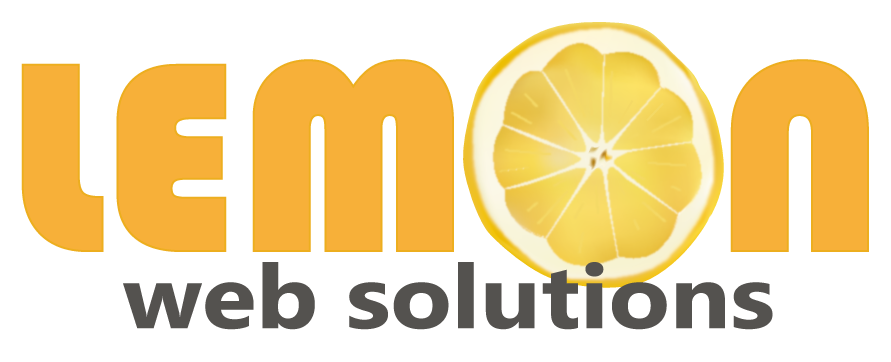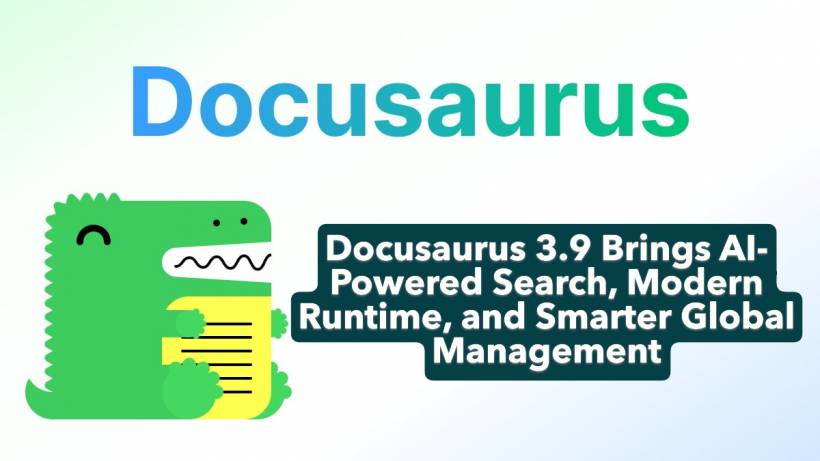Meta's open-source team has released Docusaurus 3.9, a significant update to the popular React-based static site generator that powers thousands of documentation and content-driven websites. The new version focuses on three major areas: AI-enhanced search, a modernized runtime environment, and more flexible internationalization options—all while keeping backward compatibility for most existing projects.
A New Era of Documentation Search
The highlight of Docusaurus 3.9 is its full integration with Algolia DocSearch v4, which introduces a new "Ask AI" feature. Instead of typing keywords and scanning through results, users can now interact with a built-in chat assistant that answers questions conversationally, drawing responses from the site's indexed documentation.
For teams maintaining developer portals or product documentation, this change marks a shift toward a more intuitive way of exploring technical content. The upgrade path is straightforward—developers can update their DocSearch dependency with a single npm command. Sites can also remain on DocSearch v3 for stability, though migrating to v4 unlocks the AI assistant and future-ready capabilities.
Modernizing the Runtime
Under the hood, Docusaurus 3.9 raises the minimum Node.js requirement to version 20, officially ending support for Node 18. While some developers initially viewed this as a breaking change, the maintainers noted that Node 18 has reached end-of-life and should no longer be used in production environments.
For most teams, this update means ensuring their CI/CD pipelines or container builds are using Node 20 or later. It's a practical move that aligns Docusaurus with the modern JavaScript ecosystem and ensures compatibility with newer tooling and security standards.
Smarter Internationalization and Localization
Global documentation sites will appreciate the improved flexibility in internationalization (i18n). Version 3.9 introduces the i18n.localeConfigs[locale] field, which allows developers to override the baseUrl and url properties on a per-locale basis. This enhancement makes it easier to manage sites hosted on multiple domains or deeply localized subdomains such as docs.example.fr or docs.example.de.
The update also introduces a new translate flag, which is disabled by default. For sites that don't require translations, this reduces build times by skipping unnecessary translation steps. Additionally, a key attribute for sidebar items now allows explicit identification of each item, improving customization and maintenance for complex documentation structures.
Beyond configuration improvements, Docusaurus 3.9 also includes several translation fixes, notably for Brazilian Portuguese and Ukrainian locales.
Other Technical Enhancements
The release isn't just about AI and i18n. It also adds Mermaid ELK layout support, allowing richer and more readable diagrams directly in Markdown documentation. Behind the scenes, Docusaurus 3.9 adopts Rspack 1.5, bringing better build performance and faster bundling.
Developers upgrading from version 3.8 will find the migration process refreshingly simple. There are no API-level breaking changes, and most sites can transition smoothly by updating dependencies and confirming that their search and runtime configurations meet the new standards.
Why This Update Matters
For documentation teams, Docusaurus 3.9 represents more than just a version bump—it's a step toward AI-assisted knowledge discovery. As users grow accustomed to conversational search across the web, bringing the same experience into developer documentation helps reduce friction and improve engagement.
The runtime and localization updates, on the other hand, show Meta's commitment to keeping Docusaurus modern and scalable for global projects. Whether you're managing a multilingual open-source community or an enterprise documentation hub, version 3.9 gives you more control, faster builds, and smarter content discovery.
Docusaurus continues to evolve as one of the most developer-friendly static site frameworks available today. With its combination of AI-powered search, global flexibility, and a stable migration path, version 3.9 cements its position as a modern standard for technical documentation websites.




